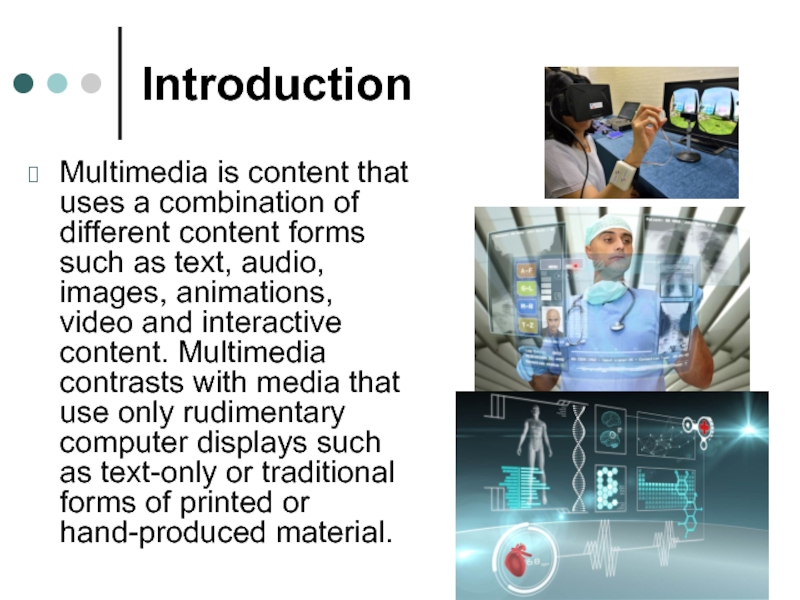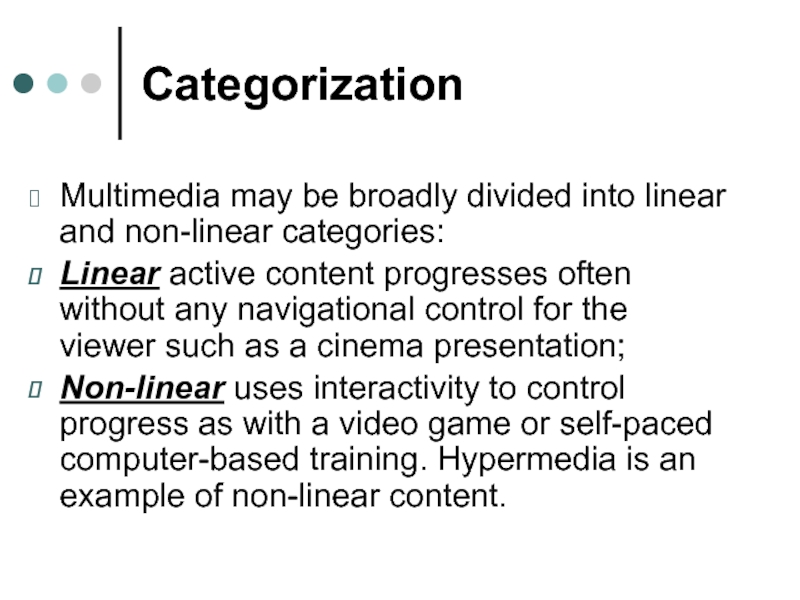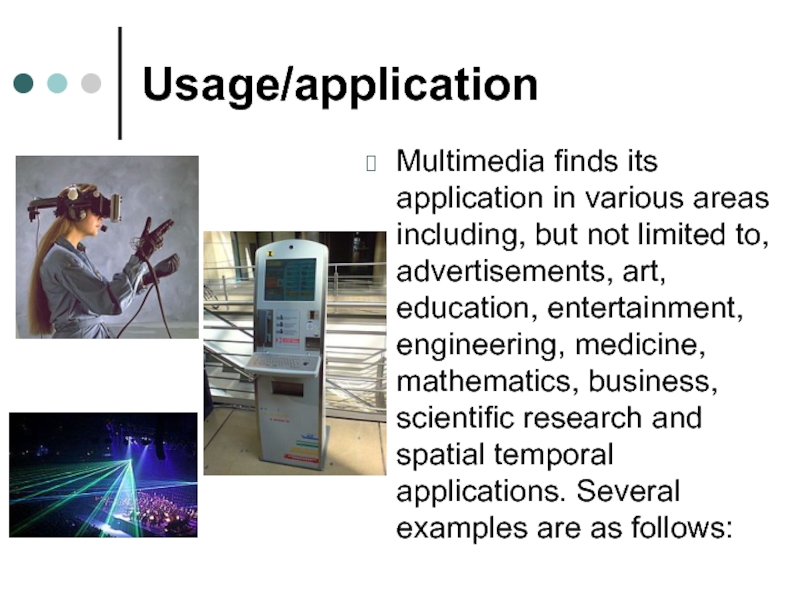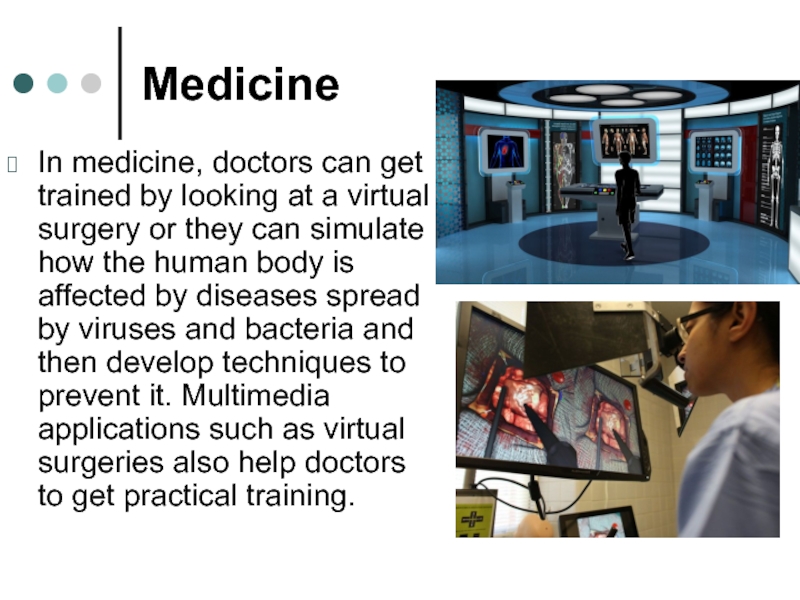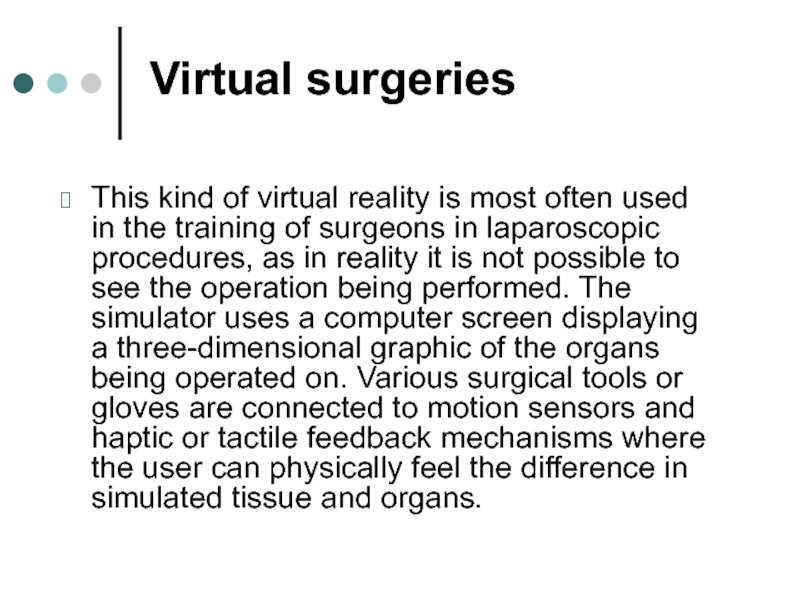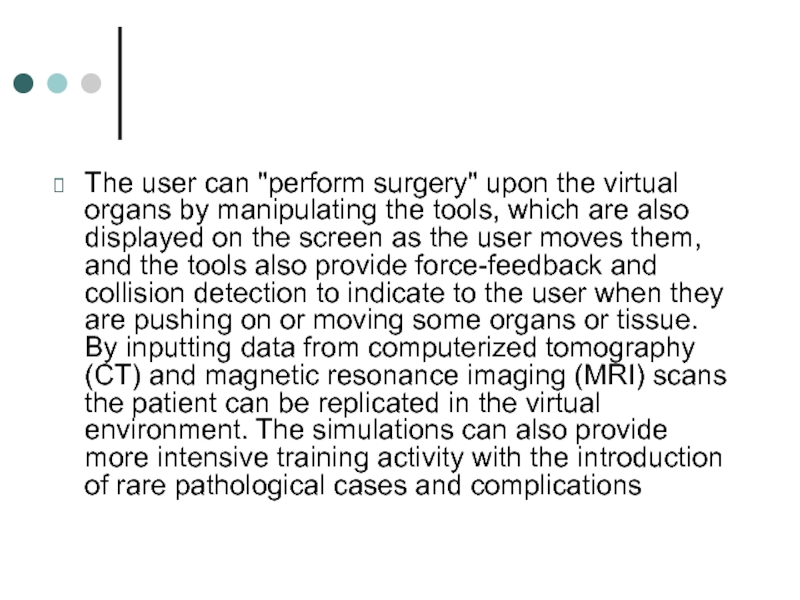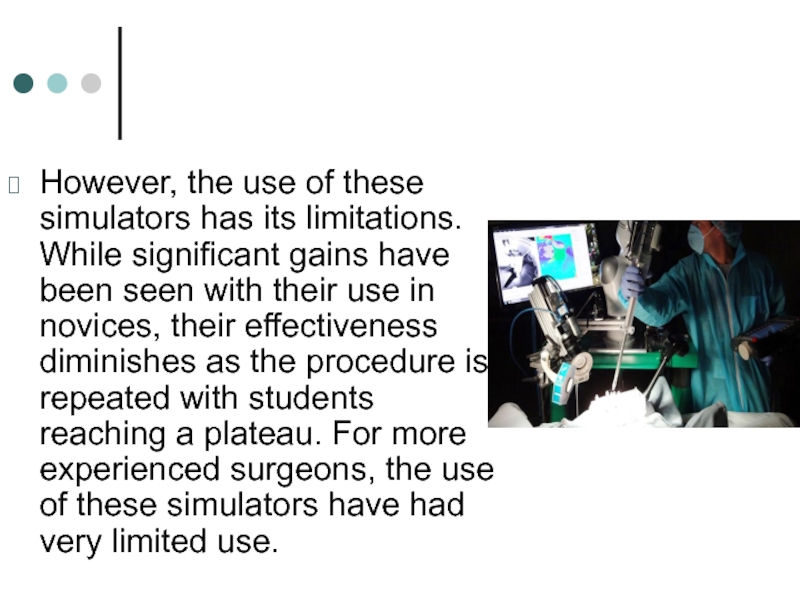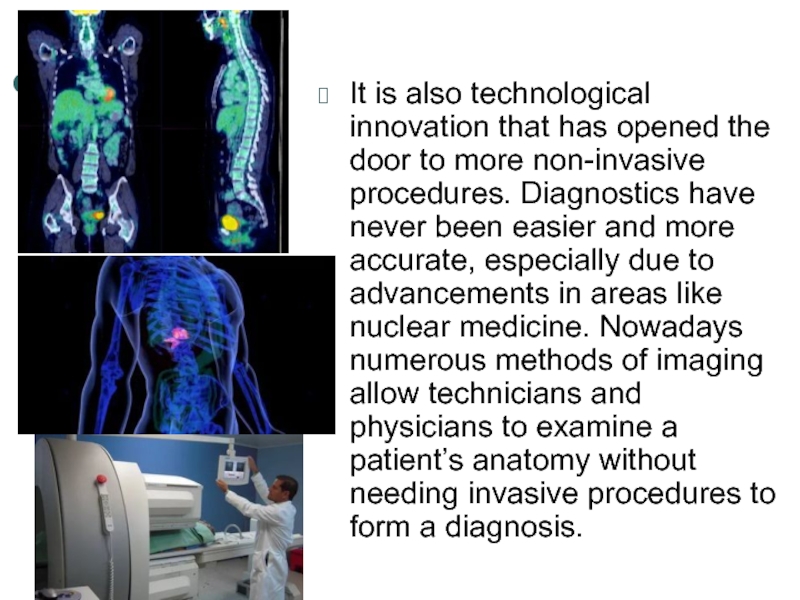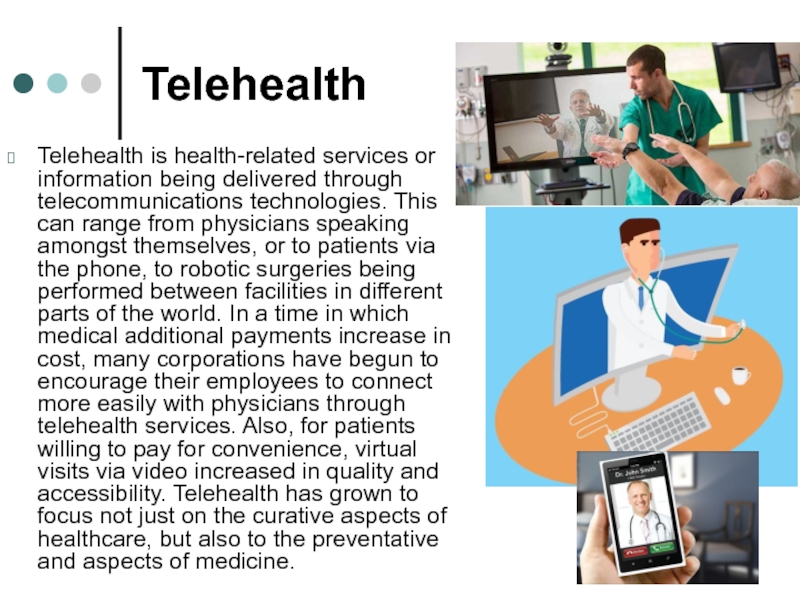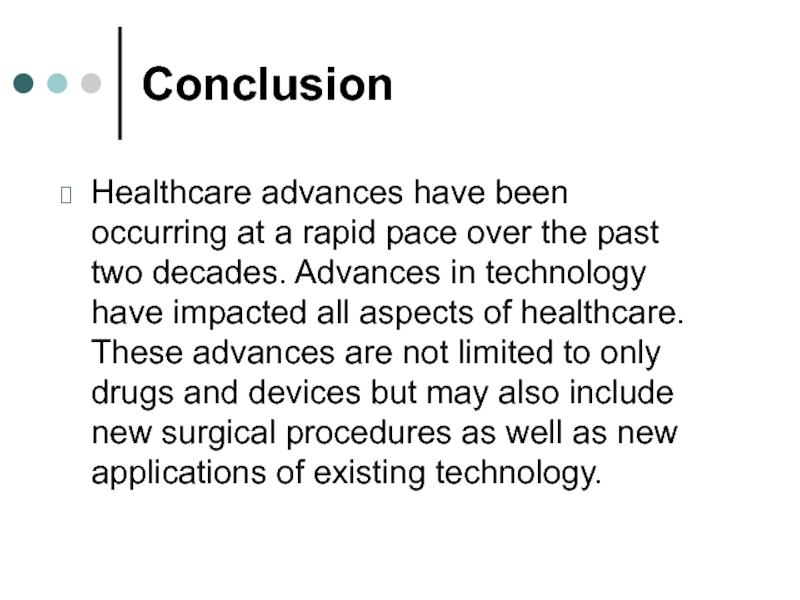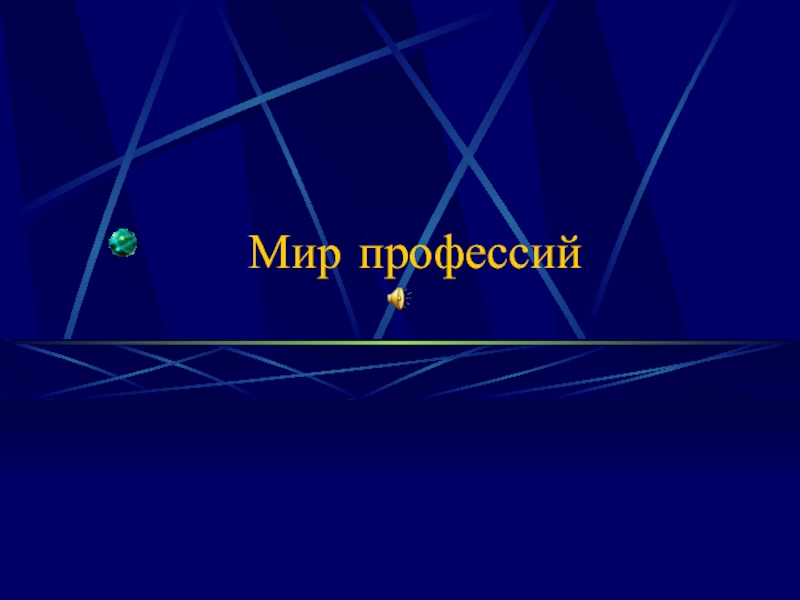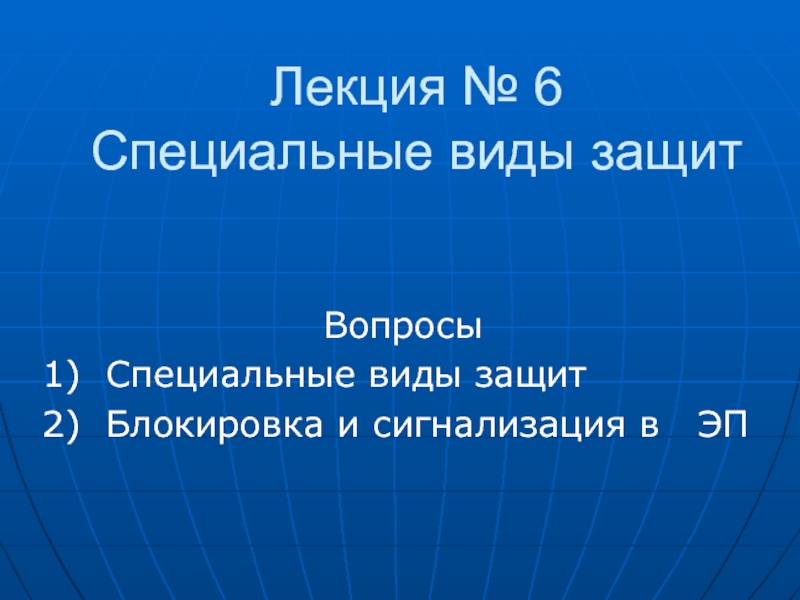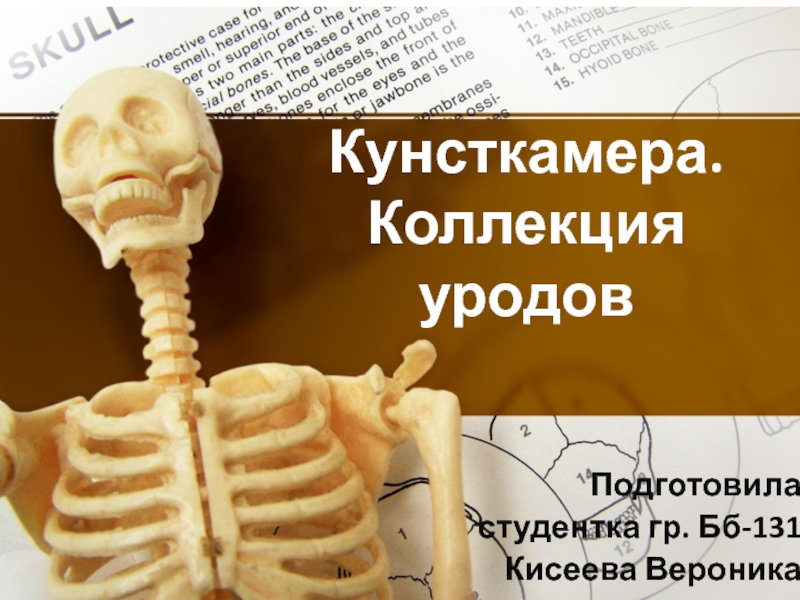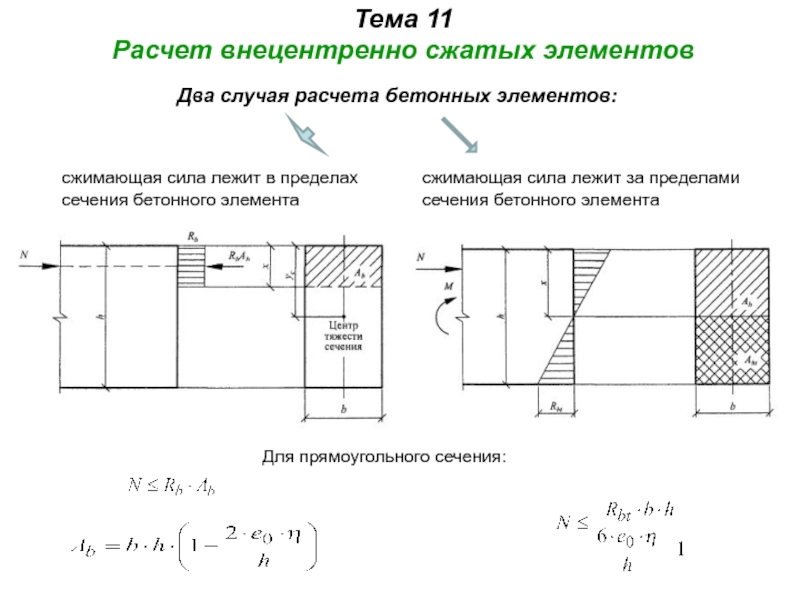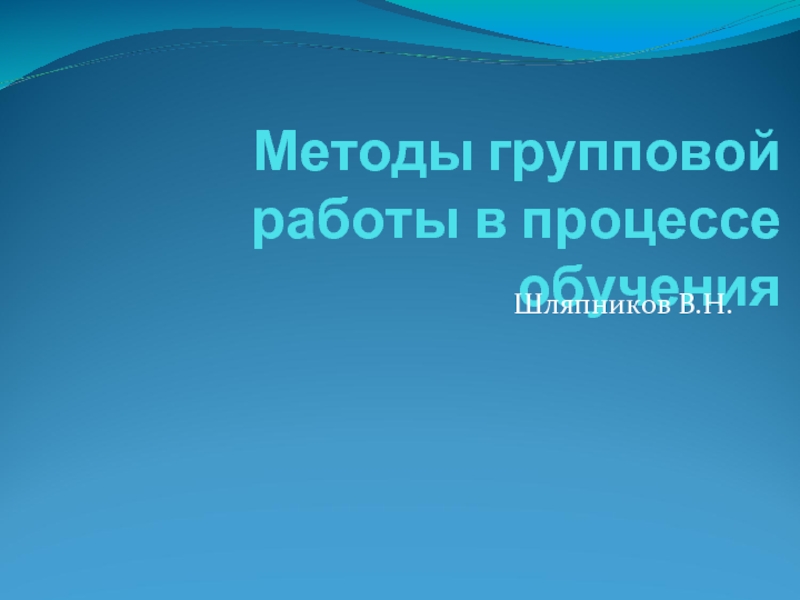Student: Abdumajitova N.
Group: 108 GM “B”
Teacher: Khalmetov Z.S.
- Главная
- Разное
- Дизайн
- Бизнес и предпринимательство
- Аналитика
- Образование
- Развлечения
- Красота и здоровье
- Финансы
- Государство
- Путешествия
- Спорт
- Недвижимость
- Армия
- Графика
- Культурология
- Еда и кулинария
- Лингвистика
- Английский язык
- Астрономия
- Алгебра
- Биология
- География
- Детские презентации
- Информатика
- История
- Литература
- Маркетинг
- Математика
- Медицина
- Менеджмент
- Музыка
- МХК
- Немецкий язык
- ОБЖ
- Обществознание
- Окружающий мир
- Педагогика
- Русский язык
- Технология
- Физика
- Философия
- Химия
- Шаблоны, картинки для презентаций
- Экология
- Экономика
- Юриспруденция
Use of multimedia technologies in medicine презентация
Содержание
- ВКонтакте
- РћРТвЂВВВВВВВВнокласснРСвЂВВВВВВВВРєРСвЂВВВВВВВВ
- РњРѕР№ Р В Р’В Р РЋРЎв„ўР В Р’В Р РЋРІР‚ВВВВВВВВРЎР‚
- 1. Use of multimedia technologies in medicine
- 2. plan Introduction Categorization Usage/application Medicine Virtual surgeries
- 3. Introduction Multimedia is content that uses a
- 4. Categorization Multimedia may be broadly divided into
- 5. Usage/application Multimedia finds its application in various
- 6. Medicine In medicine, doctors can get trained
- 7. Virtual surgeries This kind of virtual
- 8. The user can "perform surgery" upon
- 9. However, the use of these simulators
- 10. The impact of technological innovations on our
- 11. It is also technological innovation that has
- 12. Telehealth Telehealth is health-related services or information
- 13. X-Ray technology and radioactive As technology
- 14. Conclusion Healthcare advances have been occurring at
- 15. The used literature 1. Konstantinova, N.А., Mikheyev,
Слайд 1THE SOUTHE KAZAKHSTAN STATE PHARMACEUTICAL ACADEMY “Medical biophysics and information technologies” department Theme:
Use of multimedia technologies in medicine
Слайд 2plan
Introduction
Categorization
Usage/application
Medicine
Virtual surgeries
Telehealth
X-Ray technology and radioactive
Conclusion
The used literature
Слайд 3Introduction
Multimedia is content that uses a combination of different content forms
such as text, audio, images, animations, video and interactive content. Multimedia contrasts with media that use only rudimentary computer displays such as text-only or traditional forms of printed or hand-produced material.
Слайд 4Categorization
Multimedia may be broadly divided into linear and non-linear categories:
Linear active
content progresses often without any navigational control for the viewer such as a cinema presentation;
Non-linear uses interactivity to control progress as with a video game or self-paced computer-based training. Hypermedia is an example of non-linear content.
Non-linear uses interactivity to control progress as with a video game or self-paced computer-based training. Hypermedia is an example of non-linear content.
Слайд 5Usage/application
Multimedia finds its application in various areas including, but not limited
to, advertisements, art, education, entertainment, engineering, medicine, mathematics, business, scientific research and spatial temporal applications. Several examples are as follows:
Слайд 6Medicine
In medicine, doctors can get trained by looking at a virtual
surgery or they can simulate how the human body is affected by diseases spread by viruses and bacteria and then develop techniques to prevent it. Multimedia applications such as virtual surgeries also help doctors to get practical training.
Слайд 7Virtual surgeries
This kind of virtual reality is most often used
in the training of surgeons in laparoscopic procedures, as in reality it is not possible to see the operation being performed. The simulator uses a computer screen displaying a three-dimensional graphic of the organs being operated on. Various surgical tools or gloves are connected to motion sensors and haptic or tactile feedback mechanisms where the user can physically feel the difference in simulated tissue and organs.
Слайд 8
The user can "perform surgery" upon the virtual organs by manipulating
the tools, which are also displayed on the screen as the user moves them, and the tools also provide force-feedback and collision detection to indicate to the user when they are pushing on or moving some organs or tissue. By inputting data from computerized tomography (CT) and magnetic resonance imaging (MRI) scans the patient can be replicated in the virtual environment. The simulations can also provide more intensive training activity with the introduction of rare pathological cases and complications
Слайд 9
However, the use of these simulators has its limitations. While significant
gains have been seen with their use in novices, their effectiveness diminishes as the procedure is repeated with students reaching a plateau. For more experienced surgeons, the use of these simulators have had very limited use.
Слайд 10The impact of technological innovations on our life:
For example, the widespread
adoption of electronic health records (EHR) has resulted in significant savings in health care costs as well as improved patient health and safety. In more and more healthcare facilities, patient files are being kept in databases that can be accessed from anywhere in the facility. This doesn’t only save time but also results in better data coordination and management.
Слайд 11It is also technological innovation that has opened the door to
more non-invasive procedures. Diagnostics have never been easier and more accurate, especially due to advancements in areas like nuclear medicine. Nowadays numerous methods of imaging allow technicians and physicians to examine a patient’s anatomy without needing invasive procedures to form a diagnosis.
Слайд 12Telehealth
Telehealth is health-related services or information being delivered through telecommunications technologies.
This can range from physicians speaking amongst themselves, or to patients via the phone, to robotic surgeries being performed between facilities in different parts of the world. In a time in which medical additional payments increase in cost, many corporations have begun to encourage their employees to connect more easily with physicians through telehealth services. Also, for patients willing to pay for convenience, virtual visits via video increased in quality and accessibility. Telehealth has grown to focus not just on the curative aspects of healthcare, but also to the preventative and aspects of medicine.
Слайд 13X-Ray technology and radioactive
As technology has advanced, more ways have
been discovered to find out what's wrong with a patient without having to cut him open. X-Ray technology and radioactive dyes can often allow doctors to see inside a patient without making a single incision. Tissue biopsy and other methods can also be used to get small samples with minimal pain and suffering. Less invasive surgeries are also possible with the use of cameras and smaller incisions in the patient's body.
Слайд 14Conclusion
Healthcare advances have been occurring at a rapid pace over the
past two decades. Advances in technology have impacted all aspects of healthcare. These advances are not limited to only drugs and devices but may also include new surgical procedures as well as new applications of existing technology.
Слайд 15The used literature
1. Konstantinova, N.А., Mikheyev, I.D. Application of Multimedia for
Activation of Free Work of Students When
Learning Foreign Languages // Progress of Modern Natura Science. – 2008. – № 10 – P. 97-100
2. Tsaryeva, М.А. Cross-Cultural Communication and the Dialogue of Cultures: monograph. - Khabarovsk: FESU, 2006.
3. Voyevoda, Ye. V. Didactic Principles of Application of Multimedia Technologies in Higher School // Education in Russia: the materials of conference. – 2007. – P.86-90.
4. Korotkova, Ye. N. Multimedia of Mass Communication: Content and Technologies //Proceedings of Russian state University named after A. I. Gertsen, №70/2008
5. Mao, M. L. “A study on the Problems and Their Countermeasures of Multimedia Teaching of College English,” Computer-Assisted Education Study, pp. 68-70, February 2010.
https://altabel.wordpress.com/2013/12/17/modern-technologies-in-medicine-and-healthcare-their-impact-and-future-predictions/
http://www.ehow.com/list_6295988_effects-modern-technology-medicine.html
Learning Foreign Languages // Progress of Modern Natura Science. – 2008. – № 10 – P. 97-100
2. Tsaryeva, М.А. Cross-Cultural Communication and the Dialogue of Cultures: monograph. - Khabarovsk: FESU, 2006.
3. Voyevoda, Ye. V. Didactic Principles of Application of Multimedia Technologies in Higher School // Education in Russia: the materials of conference. – 2007. – P.86-90.
4. Korotkova, Ye. N. Multimedia of Mass Communication: Content and Technologies //Proceedings of Russian state University named after A. I. Gertsen, №70/2008
5. Mao, M. L. “A study on the Problems and Their Countermeasures of Multimedia Teaching of College English,” Computer-Assisted Education Study, pp. 68-70, February 2010.
https://altabel.wordpress.com/2013/12/17/modern-technologies-in-medicine-and-healthcare-their-impact-and-future-predictions/
http://www.ehow.com/list_6295988_effects-modern-technology-medicine.html


